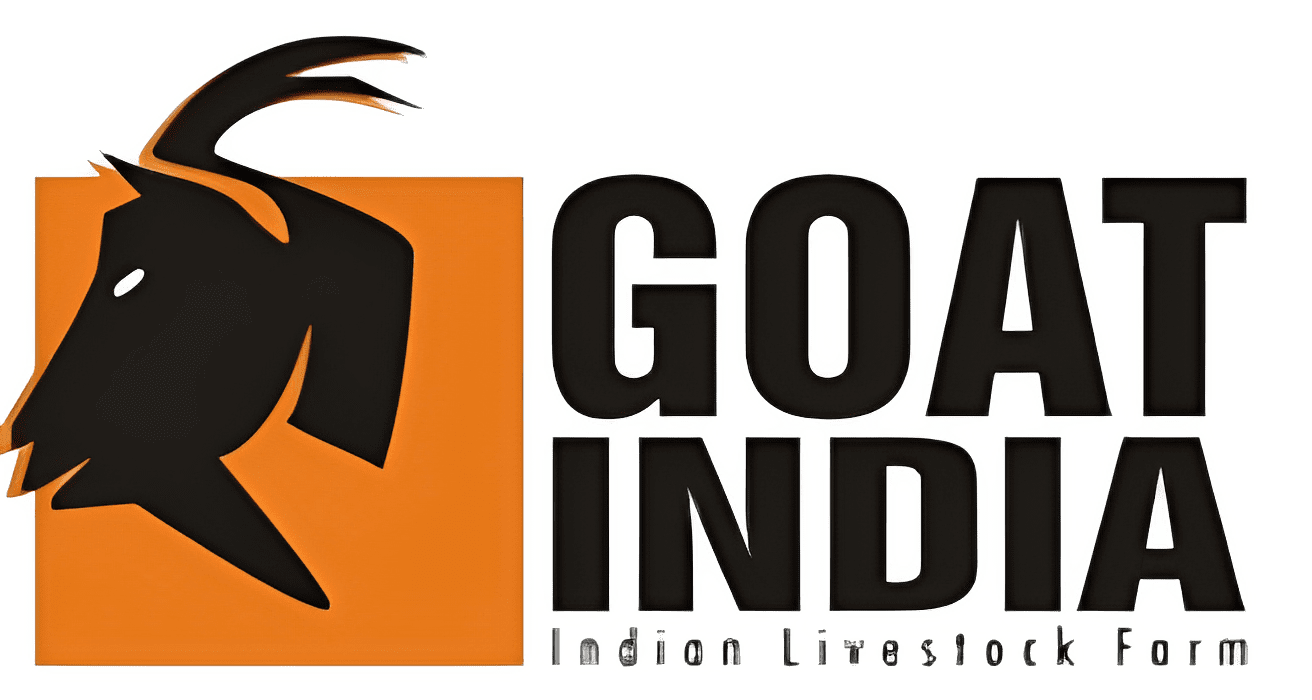Gaddi Goat
Hardy mountain breed from Himachal Pradesh known for exceptional terrain adaptation and dual-purpose production capabilities in high-altitude environments
Gaddi Goat Key Statistics
Essential performance metrics and breed characteristics for mountain farming systems
Comprehensive Breed Information
Detailed characteristics, production data, and management guidelines for Gaddi goats
Origin & Distribution
Native to the mountainous regions of Himachal Pradesh, India. Also found in neighboring states like Jammu & Kashmir. Bred by Gaddi shepherd community in high-altitude environments above 2000 meters elevation.
Physical Appearance
Medium-sized goats with white coat as the most common color, though tan, black, and brown variations exist. Well-built and strong creatures with drooping, pointed ears and long, curved horns on males.
Body Measurements
Adult weight ranges 30-35 kg with average height of 74.27 cm. Males typically larger with prominent horns, while only 10-15% of females develop horns. Compact body structure ideal for mountain terrain.
Distinctive Features
Dense hair coat 17-19 cm in length providing insulation. Strong, sturdy legs for mountain climbing. Alert temperament and high adaptability to environmental challenges and poor-quality vegetation.
Milk Production
Average daily milk yield of 1.5 kg during lactation period. Milk primarily used for subsistence and local consumption. Lactation period varies with nutrition and management practices in mountain conditions.
Meat Production
Produces lean, gritty meat quality suited for local consumption. Adult weight of 30-35 kg provides good carcass yield. Meat has distinct flavor characteristics preferred in traditional mountain cuisine.
Fiber Production
Annual fiber yield 0.5-1 kg from hair shearing. Hair length 17-19 cm provides good quality fiber for local textile production. Shearing typically done once yearly during favorable weather.
Reproductive Performance
Single birth once per year is typical breeding pattern. Sexual maturity achieved at 12-18 months depending on nutrition. Breeding season influenced by harsh mountain climate conditions.
Feeding Requirements
Efficient grazers thriving on mountain vegetation including timothy and canary grass. Require leguminous feeds like Lobia, Berseem, and Cowpea when available. Daily grazing constitutes half their time.
Housing Needs
Simple shelter requirements with protection from extreme mountain weather. Often shelter under rocks during hot periods. Well-ventilated housing essential with dry bedding during harsh seasons.
Health Management
Hardy breed with natural disease resistance. Regular deworming and vaccination as per veterinary recommendations. Monitor for respiratory issues and hoof problems in rocky terrain.
Breeding Management
Natural breeding systems common in traditional management. Careful nutrition during pregnancy prevents abortions and early births. Provide clean, isolated space for kidding with protection from cold.
Climate Tolerance
Excellent adaptation to cold mountain temperatures and seasonal variations. Dense coat provides natural insulation. Behavioral adaptations include seeking shelter under rocks during extreme heat.
Terrain Adaptation
Exceptional climbing abilities allowing access to cliff-side vegetation. Sure-footed on rocky mountain paths and steep slopes. Strong legs and good balance for challenging terrain navigation.
Grazing Behavior
Efficient foragers capable of utilizing poor-quality mountain vegetation. Browse various shrubs, grasses, and herbs available in high-altitude environments. Adapted to seasonal migration patterns.
Environmental Resilience
High survival rates in harsh mountain conditions. Natural resistance to altitude-related stress. Seasonal coat changes provide temperature regulation throughout the year.
Mountain Goat Farming Techniques
Specialized management practices developed for high-altitude livestock systems
Mountain Feeding Strategies
Gaddi goats excel at utilizing diverse mountain vegetation including grasses, shrubs, and herbs. During grazing season, animals spend 6-8 hours daily foraging. Supplemental feeding becomes crucial during winter months when natural vegetation is limited.
Provide mineral supplements to address deficiencies common in high-altitude soils. Fresh water access essential, especially during dry seasons. Strategic use of leguminous fodders improves nutrition when pasture quality is poor.
Mountain Shelter Design
Traditional shelters utilize local materials including stone and wood construction. Three-sided shelters provide wind protection while maintaining ventilation. Elevated flooring prevents moisture accumulation and hoof rot problems.
Shelter placement considers prevailing wind direction and drainage. Separate areas for pregnant females during kidding season. Emergency shelters essential for sudden weather changes common in mountain environments.
High-Altitude Health Care
Regular health monitoring addresses altitude-specific challenges. Respiratory health particularly important due to reduced oxygen levels. Preventive deworming schedule adapted to mountain parasite cycles and seasonal patterns.
Hoof trimming every 2-3 months prevents problems from rocky terrain. Emergency veterinary protocols essential due to remote locations. Traditional herbal remedies complement modern veterinary care in many mountain communities.
Important: Always consult with a veterinarian familiar with high-altitude livestock management for health concerns.
Mountain Breeding Management
Breeding timing synchronized with seasonal pasture availability and weather patterns. Select breeding animals based on adaptation traits including cold tolerance and climbing ability. Buck management requires separate housing and controlled breeding.
Pregnancy monitoring intensifies during harsh weather periods. Nutritional support increased during last trimester to prevent pregnancy toxemia. Kidding management includes preparation for temperature extremes and predator protection.
Breed Specifications & Comparison
Detailed characteristics and performance parameters of Gaddi goats in mountain farming systems
Master Mountain Goat Farming
Learn specialized techniques for successful high-altitude livestock management and sustainable mountain agriculture systems


